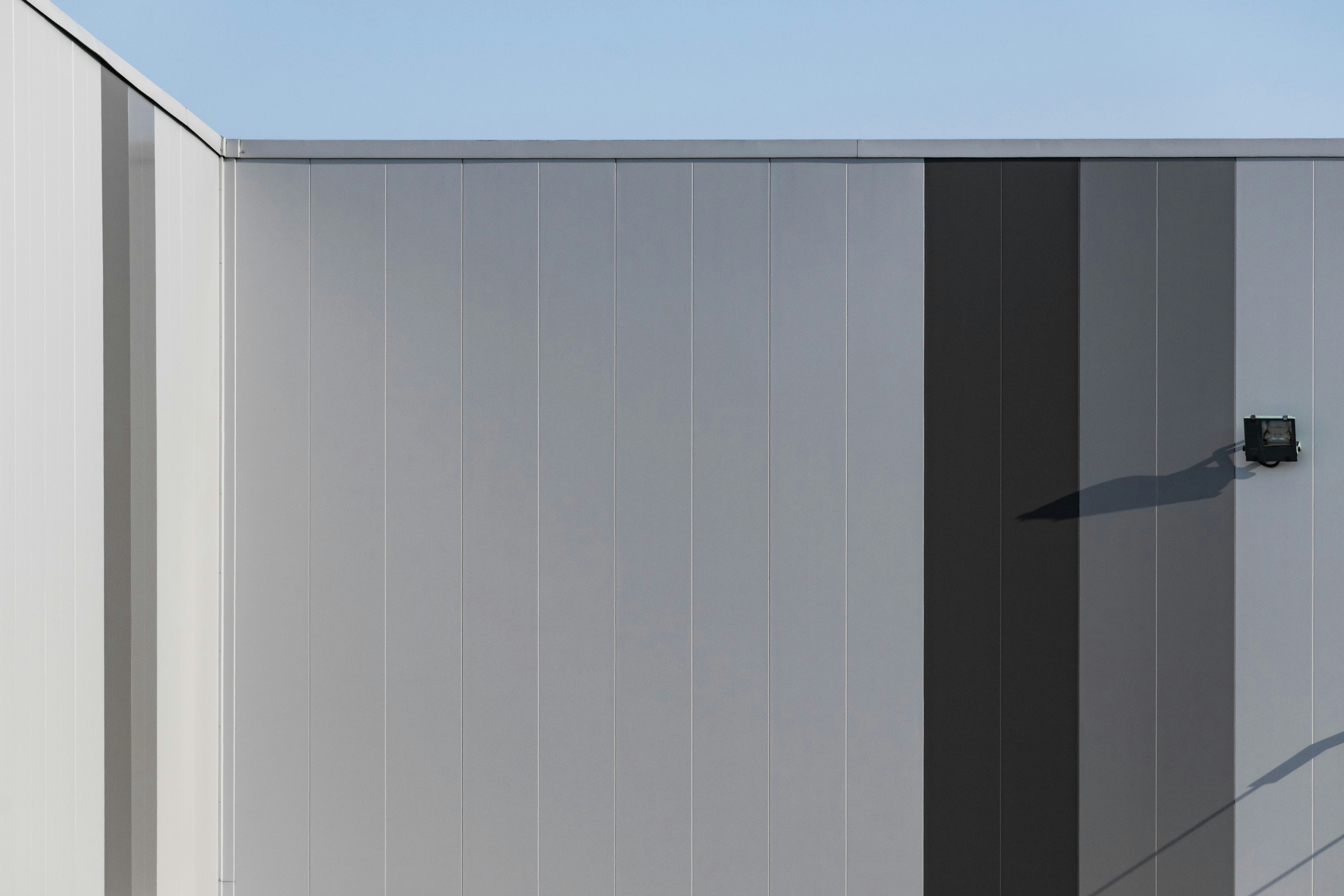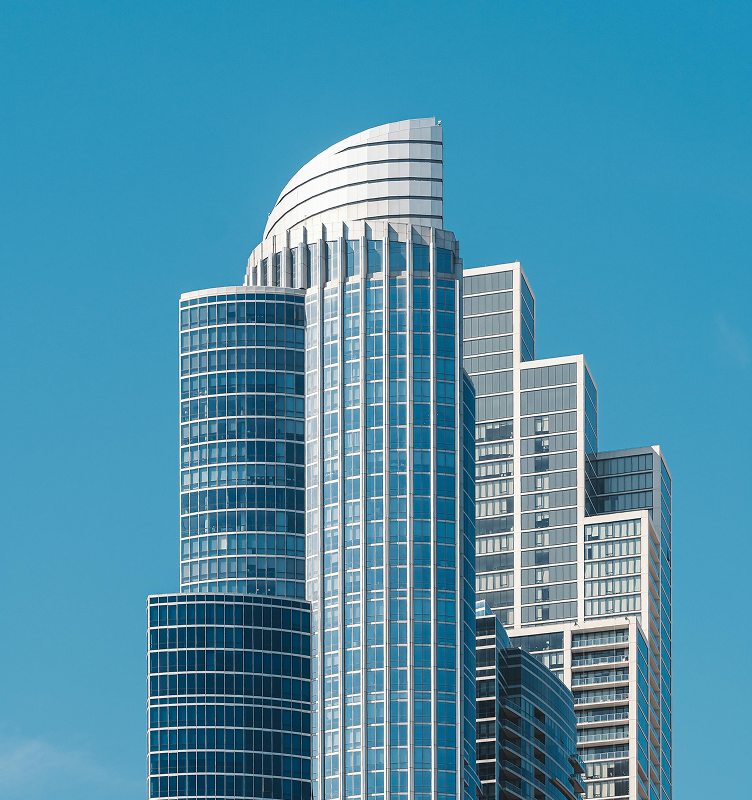Industrial Real Estate: The Last-Mile Revolution and Its Financing Implications

The industrial real estate sector has undergone a dramatic transformation over the past decade, driven primarily by the explosive growth of e-commerce and the fundamental shift in how goods reach consumers. At the center of this revolution is the concept of "last-mile delivery"—the final step in the supply chain that brings products directly to consumers' doorsteps.Understanding the Last-Mile RevolutionWhat is Last-Mile Delivery? Last-mile delivery refers to the final segment of the supply chain, typically covering the movement of goods from a distribution center or fulfillment facility to the end consumer. This segment, while representing only a small portion of a product's journey, accounts for up to 53% of total shipping costs.The E-Commerce Catalyst The shift toward online shopping has fundamentally altered logistics requirements:
- Same-day and next-day delivery expectations from consumers
- Urban delivery challenges requiring strategic facility placement
- Return logistics creating reverse supply chain needs
- Peak season demand requiring flexible capacity solutions
Market Size and Growth The numbers tell a compelling story:
- Global last-mile delivery market expected to reach $200+ billion by 2030
- E-commerce penetration continuing to grow across all demographics
- Delivery speed expectations becoming a competitive differentiator
- Urban population growth concentrating demand in metropolitan areas
Industrial Real Estate Transformation
From Big Box to Strategic Placement Traditional industrial real estate focused on large, remote distribution centers. The last-mile revolution has created demand for:
- Urban infill locations closer to population centers
- Smaller format facilities (50,000-200,000 SF typical)
- Multi-story distribution centers in land-constrained markets
- Flexible space configurations accommodating various tenants
Location Premium Shift Proximity to consumers has become the primary value driver:
- Population density within delivery radius
- Traffic accessibility and highway connectivity
- Labor availability for warehouse and delivery operations
- Municipal support for logistics operations
Facility Design Evolution Last-mile facilities require specialized features:
- Higher ceiling heights for automated systems
- Enhanced truck court ratios for delivery vehicle staging
- Cross-docking capabilities for rapid throughput
- Climate-controlled environments for sensitive products
- Security systems for high-value inventory
Key Market Segments
Traditional Last-Mile Distribution Purpose-built facilities serving major e-commerce operators:
- Amazon delivery stations processing final-mile packages
- FedEx and UPS facilities for parcel sorting and delivery
- Grocery fulfillment centers serving online grocery orders
- Pharmacy distribution for prescription delivery services
Dark Stores and Micro-Fulfillment Retail-format spaces converted for online fulfillment:
- Dark stores resembling retail layouts for picking efficiency
- Micro-fulfillment centers using automated systems in small spaces
- Ghost kitchens for food delivery services
- Urban warehouses serving multiple e-commerce tenants
Reverse Logistics Facilities Specialized facilities handling returns and exchanges:
- Return processing centers for inspection and restocking
- Refurbishment facilities for returned electronics and appliances
- Liquidation centers for damaged or obsolete inventory
- Recycling facilities for sustainable disposal
Financing Landscape Evolution
Lender Appetite Surge Industrial real estate has become a lender favorite:
- Strong fundamentals driven by e-commerce growth
- Low vacancy rates in most markets
- Rent growth outpacing other asset classes
- Tenant credit quality often backed by investment-grade companies
Loan Structure Adaptations Financing has evolved to match industrial characteristics:
- Longer amortization periods reflecting asset durability
- Higher loan-to-value ratios due to strong fundamentals
- Portfolio lending programs for industrial platforms
- Build-to-suit financing for credit tenants
Construction Financing Considerations Development financing has adapted to last-mile requirements:
- Spec development financing based on market fundamentals
- Pre-leasing requirements varying by market and size
- Construction timelines compressed due to strong demand
- Cost escalation protection due to material price volatility
Investment and Development Opportunities
Urban Infill Development Converting underutilized urban properties:
- Retail-to-industrial conversions in strategic locations
- Brownfield redevelopment for logistics use
- Adaptive reuse of obsolete industrial buildings
- Mixed-use developments incorporating logistics components
Build-to-Suit Opportunities Developing facilities for specific tenants:
- Amazon delivery stations with standardized specifications
- Grocery chain fulfillment centers with specialized requirements
- Third-party logistics providers expanding networks
- Regional carriers establishing local presence
Portfolio Strategies Institutional investors building industrial platforms:
- Geographic diversification across multiple last-mile markets
- Tenant diversification reducing single-tenant risk
- Value-add opportunities through facility improvements
- Development pipelines for future growth
Market-Specific Considerations
Primary Markets Major metropolitan areas with unique characteristics:
- New York/New Jersey - highest rents, limited land availability
- Los Angeles/Inland Empire - port proximity, massive population
- Chicago - central location, transportation hub advantages
- Atlanta - distribution gateway to the Southeast
Secondary Markets Emerging last-mile markets with growth potential:
- Austin, Texas - rapid population growth, tech hub development
- Nashville, Tennessee - central location, growing population
- Phoenix, Arizona - population growth, favorable business climate
- South Florida - tourism, international trade, population growth
Suburban vs. Urban Different strategies for different locations:
- Urban locations - higher rents, smaller formats, delivery focus
- Suburban locations - larger formats, lower rents, fulfillment focus
- Exurban locations - traditional distribution, lower costs
Financing Challenges and Solutions
Land Scarcity and Pricing Limited industrial land in urban markets creates challenges:
- Higher land costs affecting development economics
- Zoning constraints limiting industrial development
- Community opposition to logistics facilities
- Environmental remediation costs for brownfield sites
Construction Cost Inflation Rising construction costs impact development feasibility:
- Material cost volatility affecting project budgets
- Labor shortages in construction trades
- Supply chain disruptions delaying project completion
- Cost escalation clauses becoming standard in contracts
Financing Solutions Innovative financing approaches address these challenges:
- Ground lease structures reducing upfront land costs
- Joint venture partnerships sharing development risk
- Forward purchase agreements providing development certainty
- Value engineering optimizing design for cost efficiency
Technology Integration Impact
Automation and Robotics Technology is reshaping facility requirements:
- Automated storage and retrieval systems requiring specific layouts
- Robotic picking systems changing space configurations
- Conveyor systems requiring structural modifications
- Climate control for sensitive automated equipment
Data and Analytics Information technology driving operational efficiency:
- Inventory management systems optimizing space utilization
- Route optimization reducing delivery costs
- Predictive analytics forecasting demand patterns
- Real-time tracking improving customer experience
Financing Technology Infrastructure Lenders considering technology investments:
- Equipment financing for automated systems
- Technology obsolescence risk in underwriting
- Operational efficiency impact on cash flow projections
- Tenant improvement allowances for technology installations
Environmental and Sustainability Considerations
Green Building Standards Sustainability becoming important to tenants and investors:
- LEED certification for new industrial developments
- Energy efficiency reducing operational costs
- Solar installations providing renewable energy
- Electric vehicle charging for delivery fleets
Environmental Impact Last-mile operations affecting community relations:
- Traffic generation and congestion concerns
- Air quality impact from delivery vehicles
- Noise pollution from 24/7 operations
- Community benefits from job creation
Financing Green Features Lenders supporting sustainable development:
- Green building incentives in loan pricing
- Energy efficiency improvements reducing operating costs
- Solar financing programs for renewable energy
- Environmental compliance requirements in loan documents
Future Trends and Implications
Autonomous Delivery Vehicles Self-driving technology will reshape last-mile logistics:
- Facility design changes for autonomous vehicle staging
- Reduced labor requirements affecting operational costs
- 24/7 operations potential with automated systems
- Regulatory adaptation as technology becomes viable
Drone Delivery Integration Aerial delivery creating new facility requirements:
- Rooftop landing pads for drone operations
- Air traffic management systems and coordination
- Regulatory compliance with FAA requirements
- Insurance considerations for aerial delivery operations
Vertical Farms and Local Production Bringing production closer to consumption:
- Vertical farming facilities reducing transportation needs
- Local manufacturing shortening supply chains
- 3D printing enabling on-demand production
- Circular economy principles reducing waste
Investment Strategy Recommendations
Market Selection Criteria Successful last-mile investment requires careful market analysis:
- Population density and growth projections
- E-commerce penetration rates and trends
- Competition analysis and supply pipeline
- Transportation infrastructure and connectivity
Due Diligence Enhancements Last-mile properties require specialized due diligence:
- Traffic studies and delivery route analysis
- Labor market analysis for operational staffing
- Zoning compliance and operational restrictions
- Environmental assessments for potential contamination
Risk Management Mitigating risks specific to last-mile properties:
- Tenant diversification reducing single-tenant exposure
- Lease structure optimization for operational flexibility
- Technology obsolescence planning and reserves
- Regulatory compliance monitoring and adaptation
The Bottom Line
The last-mile revolution has fundamentally transformed industrial real estate, creating unprecedented opportunities for investors, developers, and lenders who understand the unique requirements of modern logistics operations.Success in this sector requires more than traditional industrial real estate knowledge—it demands understanding of e-commerce trends, logistics operations, technology integration, and urban planning considerations.As consumer expectations for fast, convenient delivery continue to evolve, the industrial real estate sector will continue adapting to meet these demands. The most successful participants will be those who recognize that last-mile industrial real estate isn't just about buildings—it's about enabling the digital economy that increasingly defines modern commerce.The financing community that develops deep expertise in last-mile logistics and builds relationships with the operators driving this revolution will be best positioned to capitalize on one of commercial real estate's most dynamic and fastest-growing sectors.
Sussex Capital specializes in arranging financing for industrial real estate across all segments, including last-mile distribution facilities, fulfillment centers, and logistics operations. Our deep understanding of the evolving industrial sector helps clients access the right capital for their strategic logistics investments.



